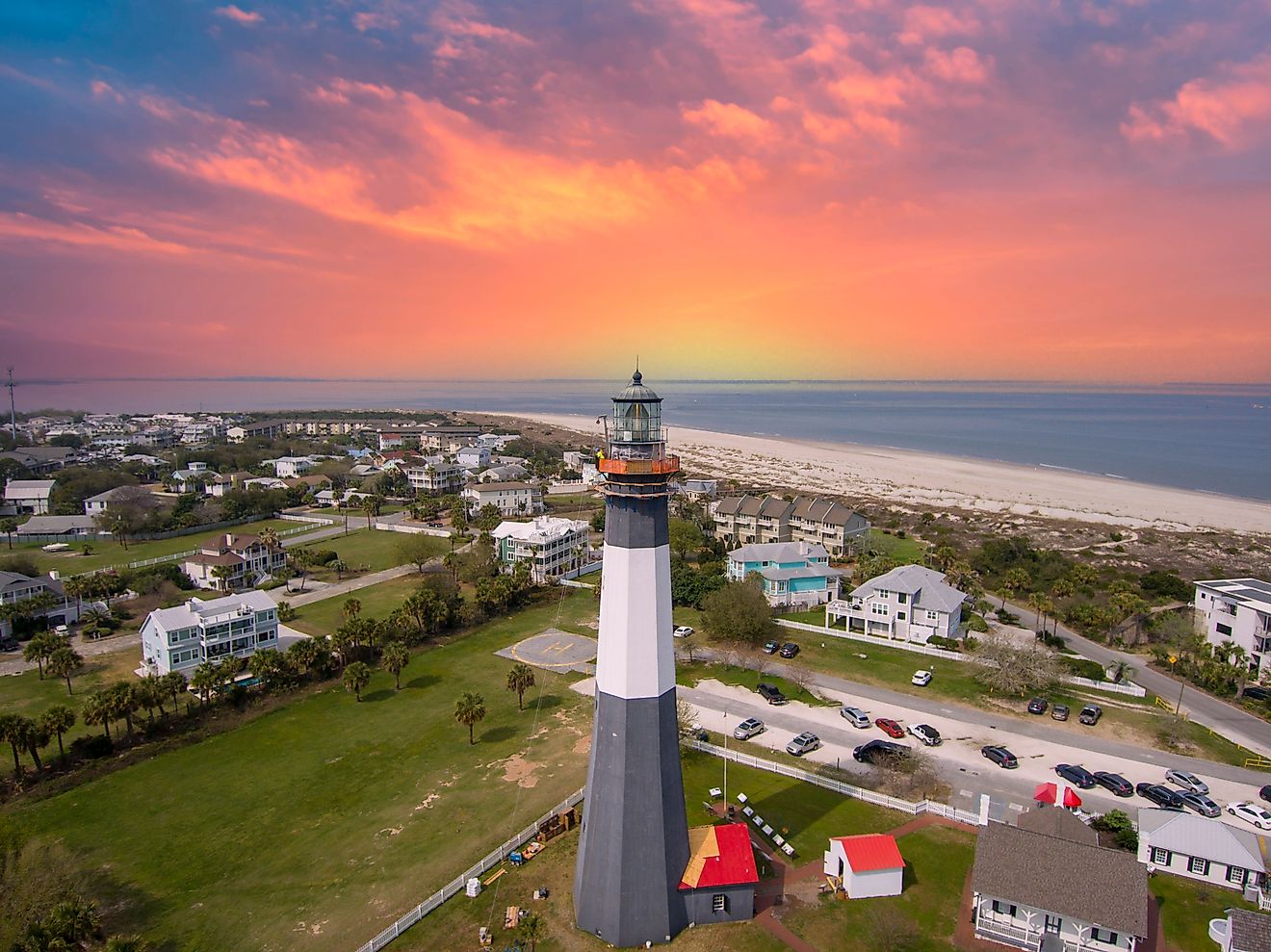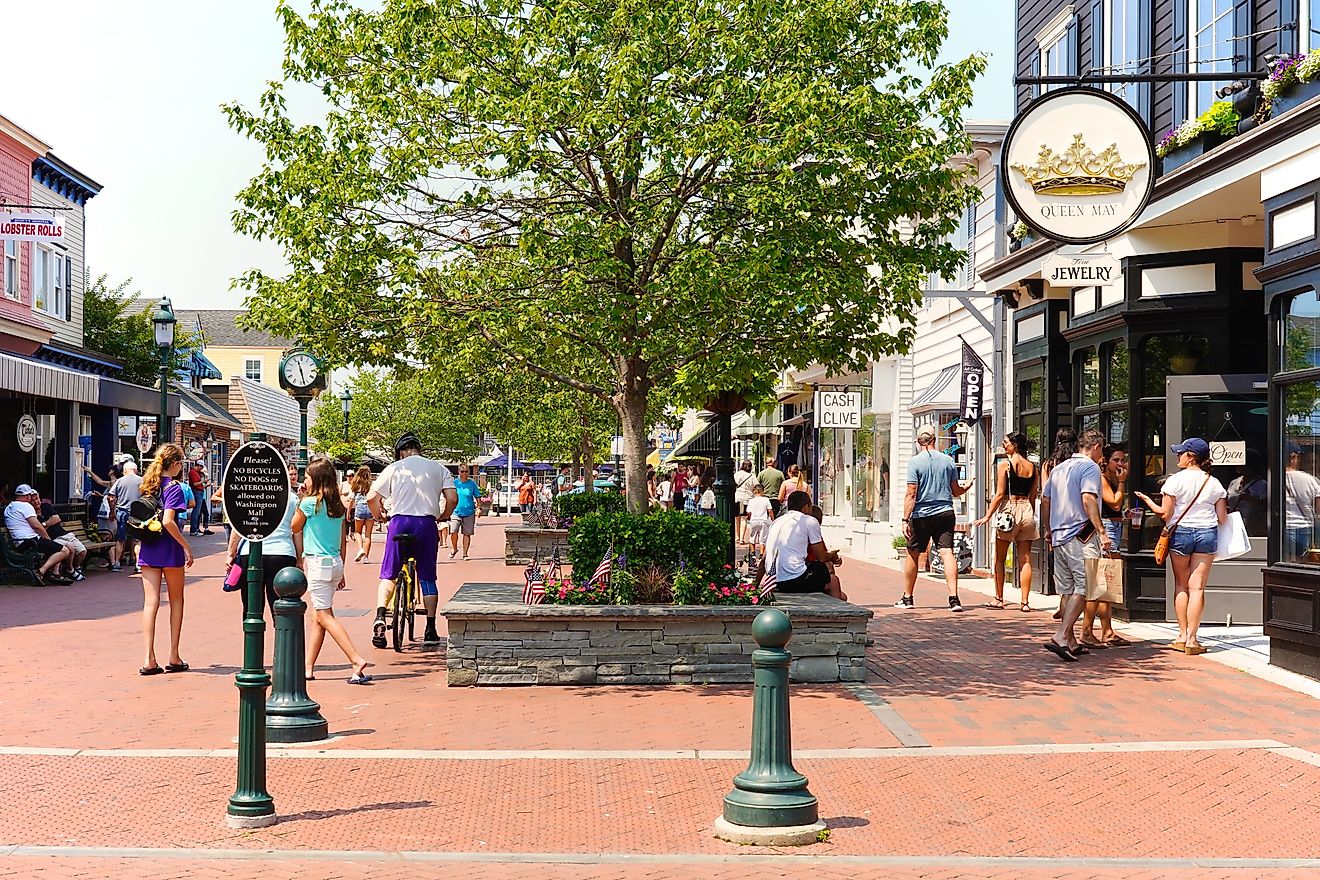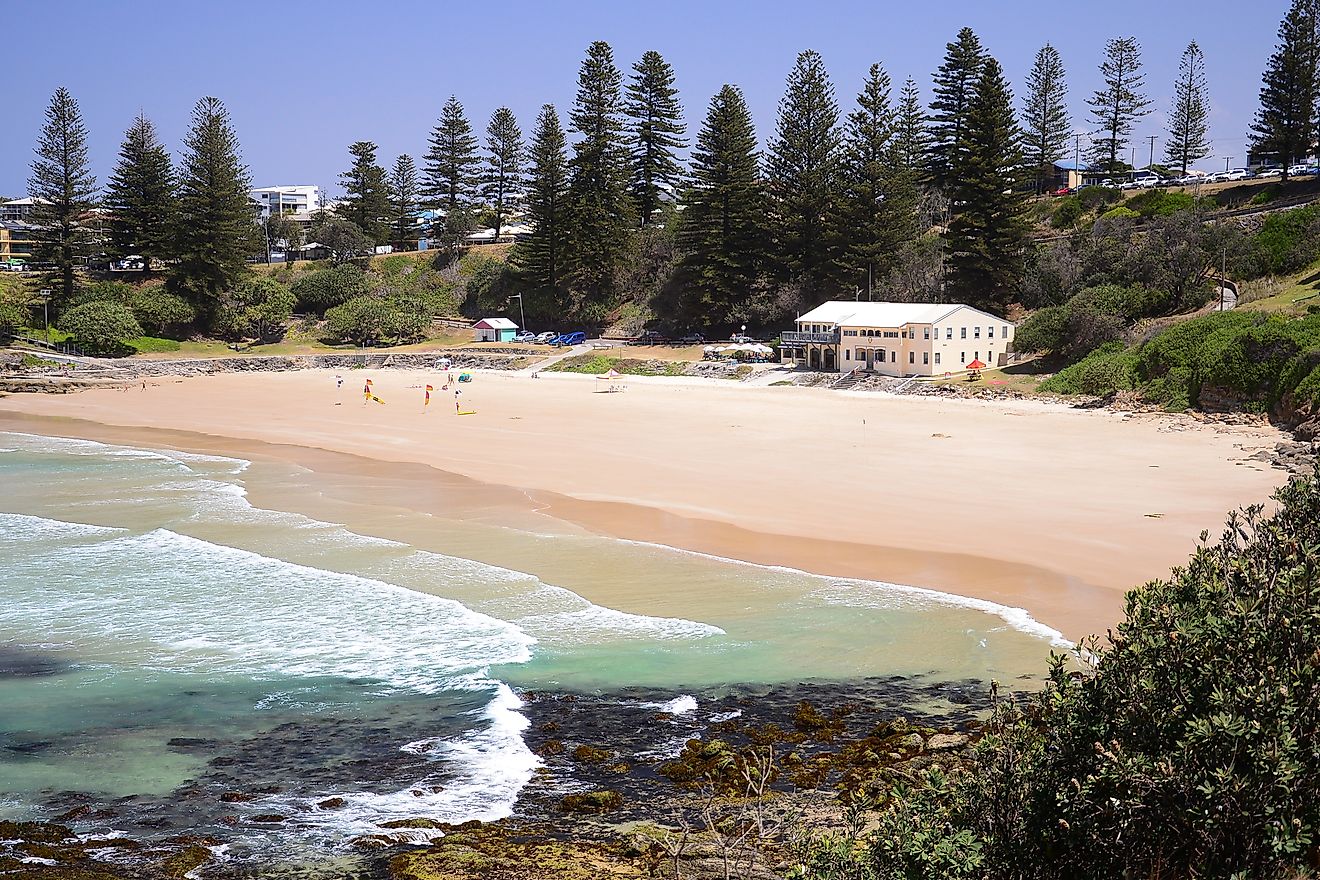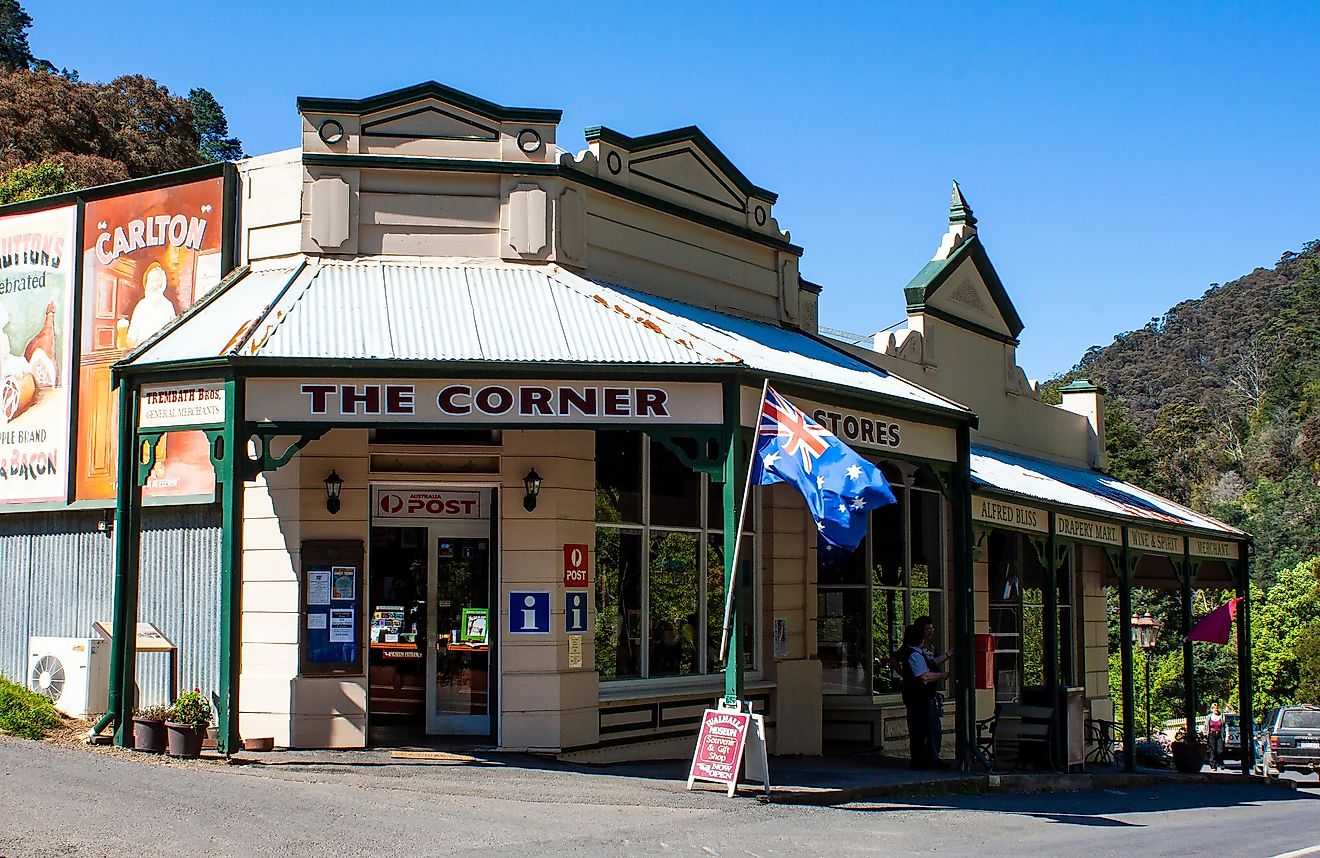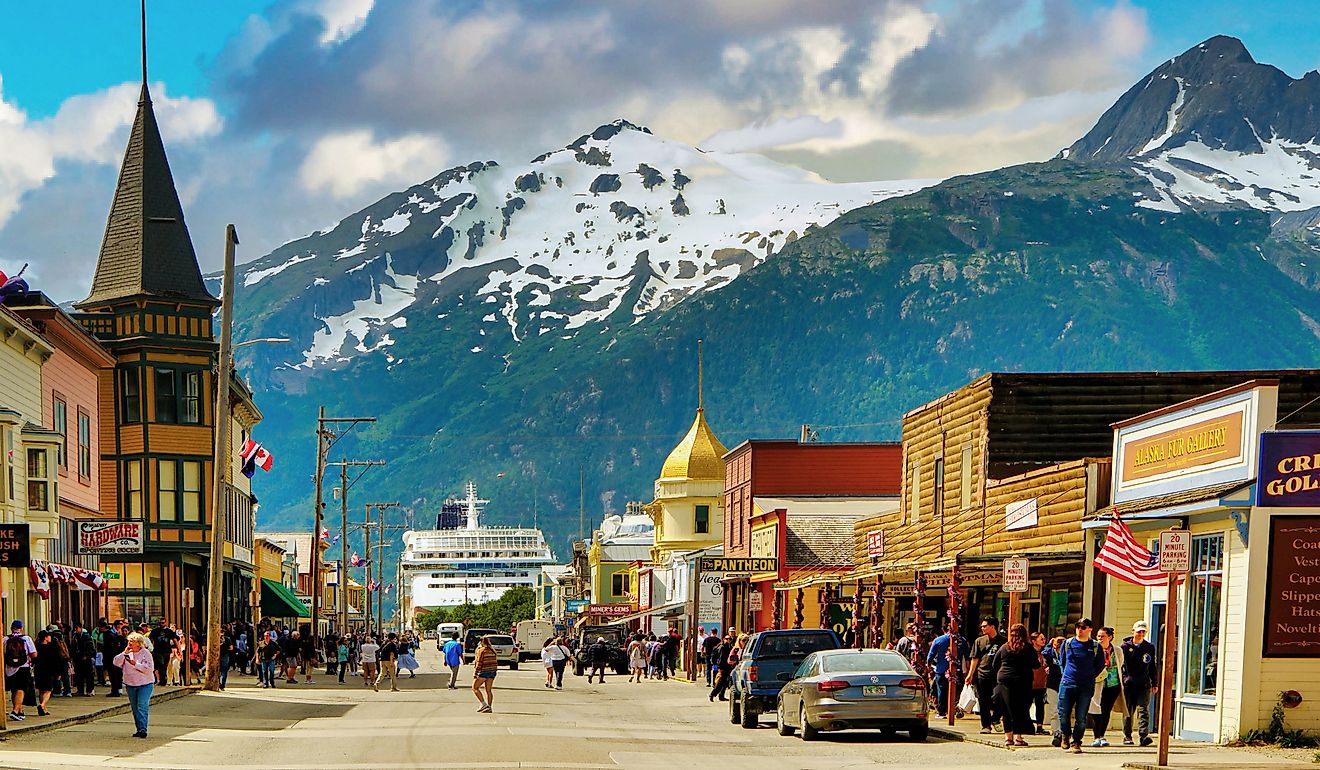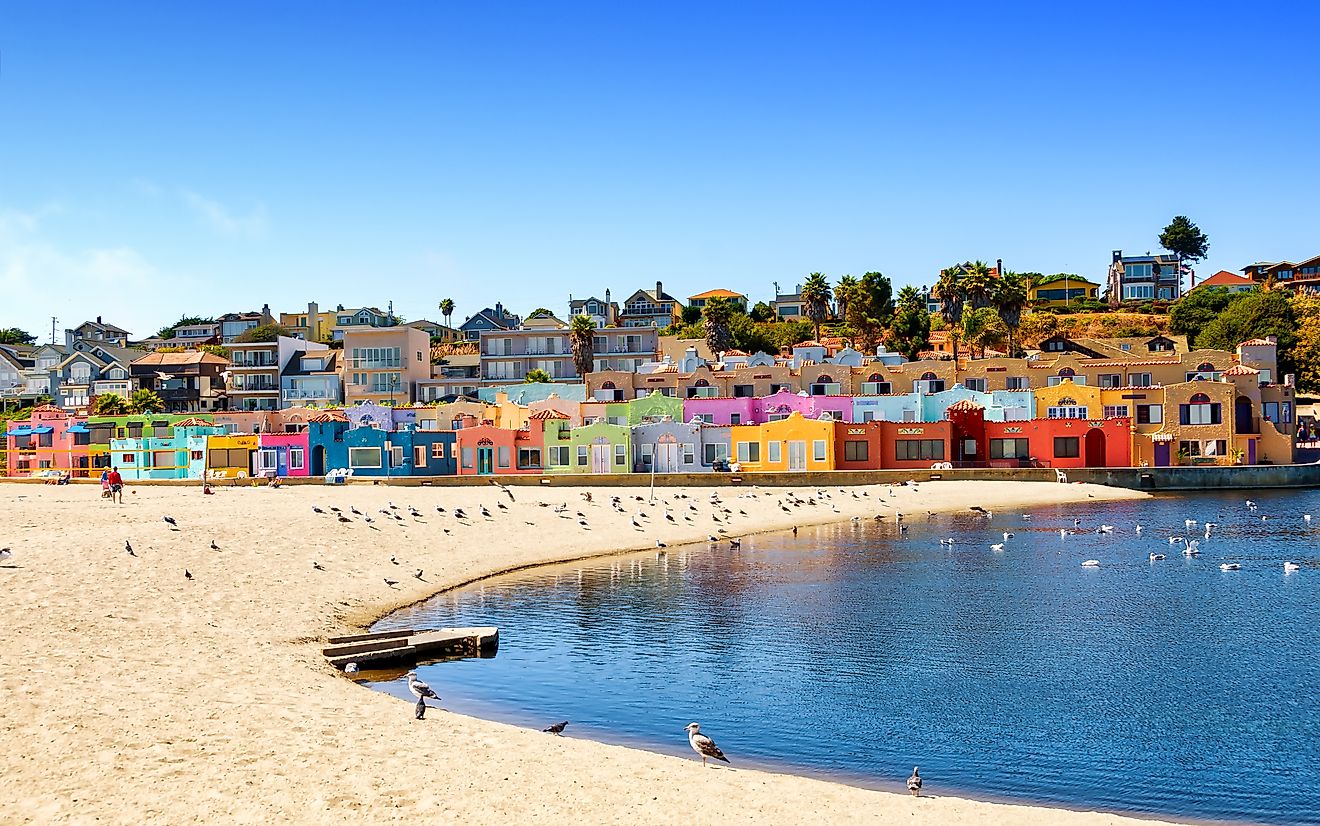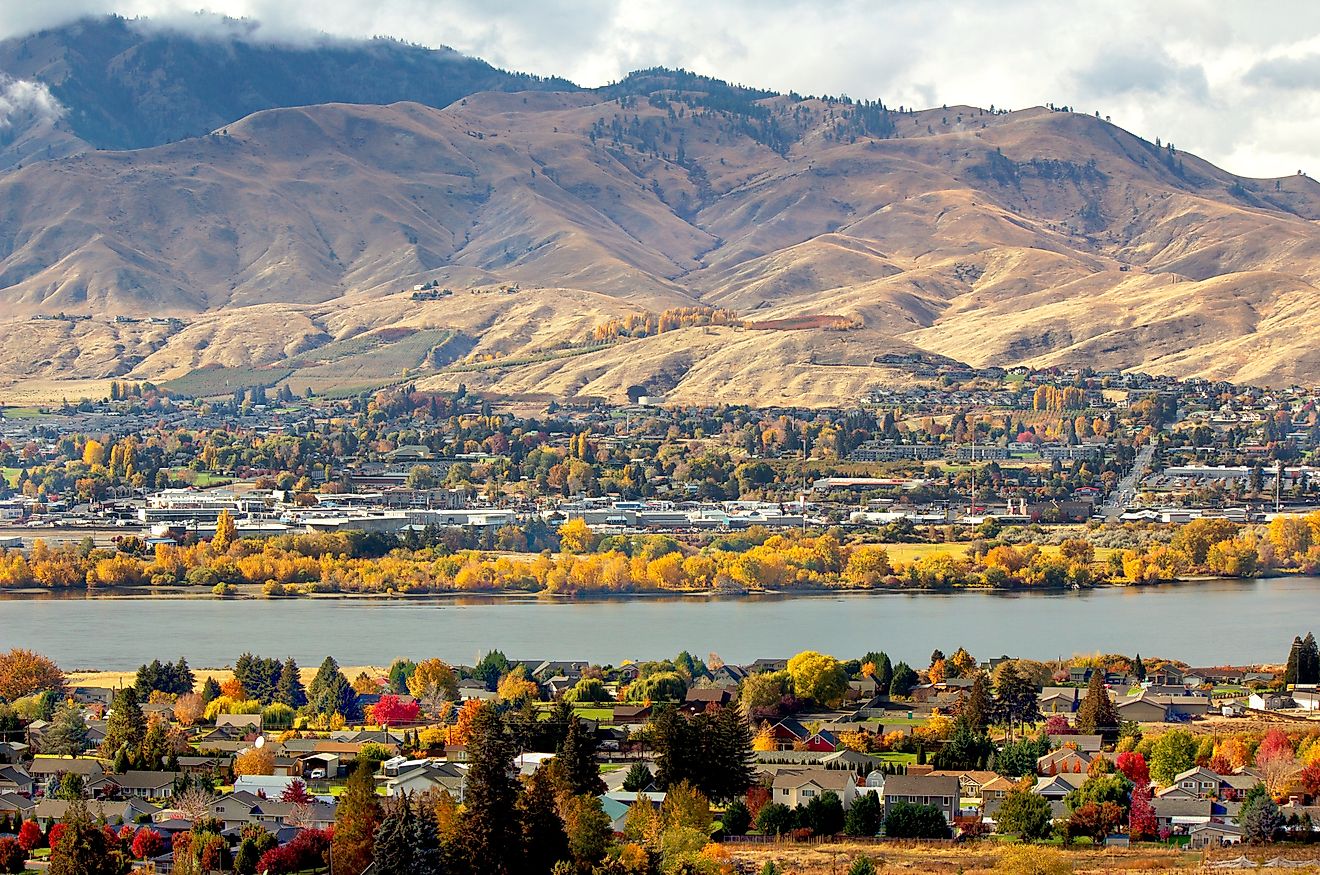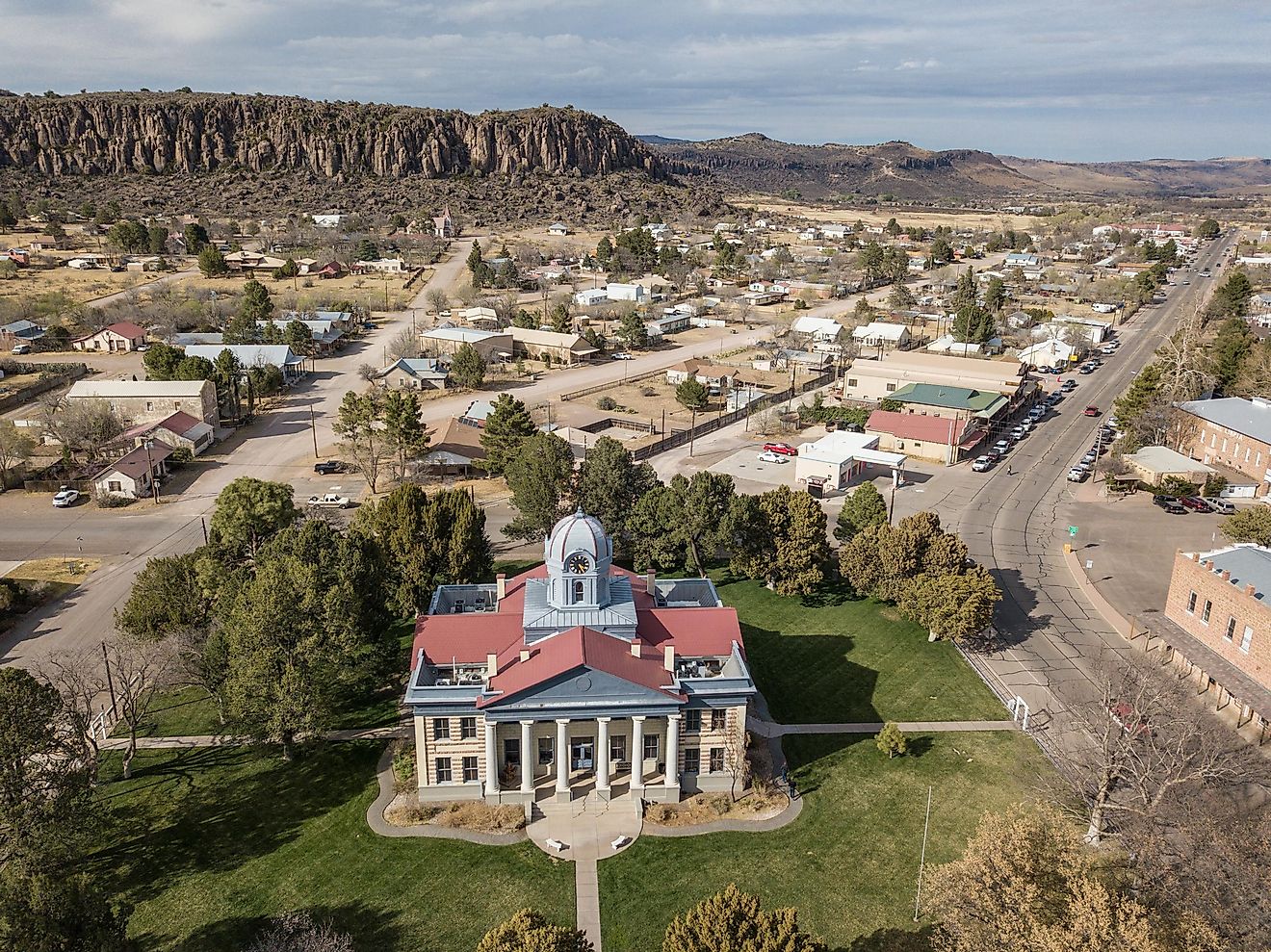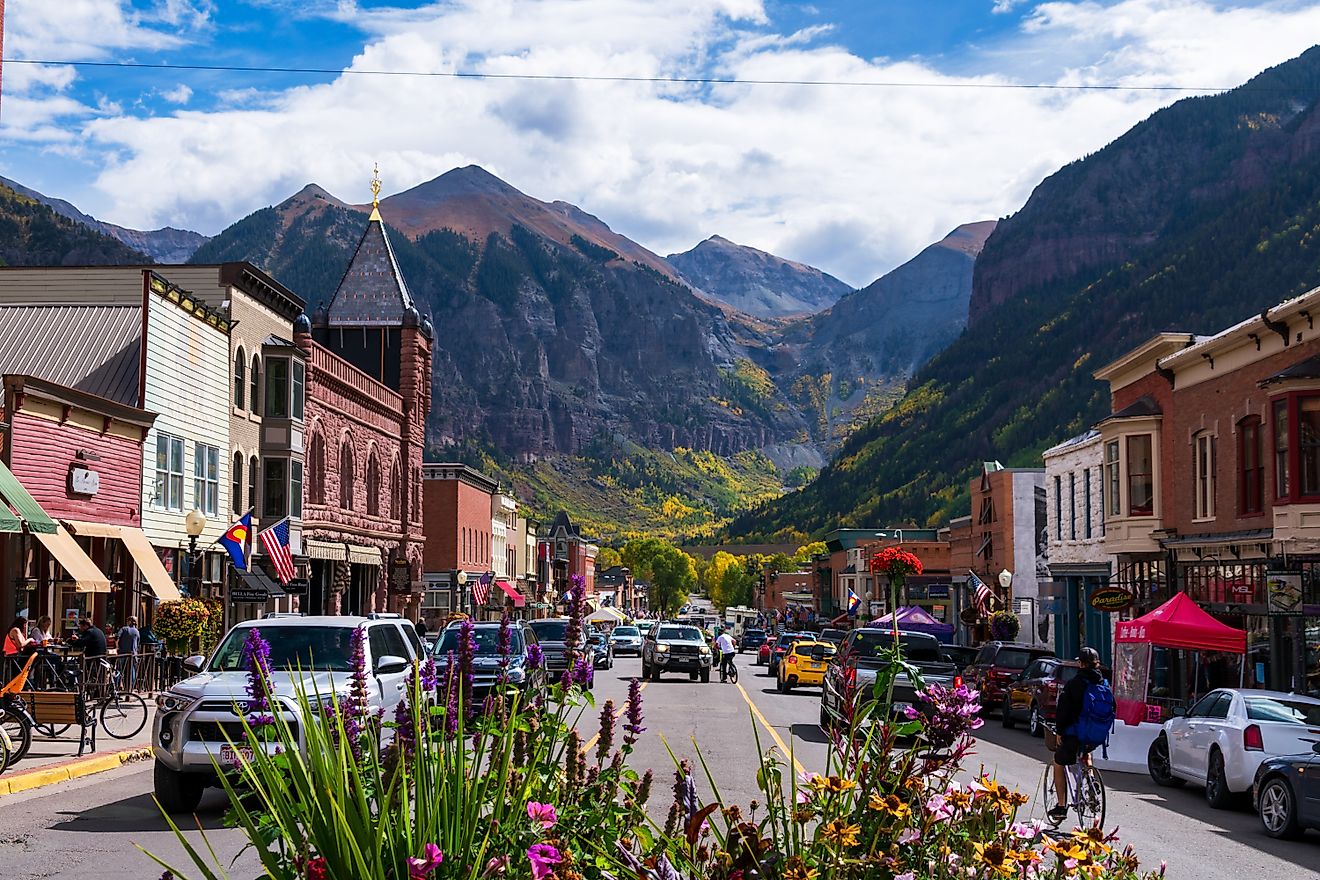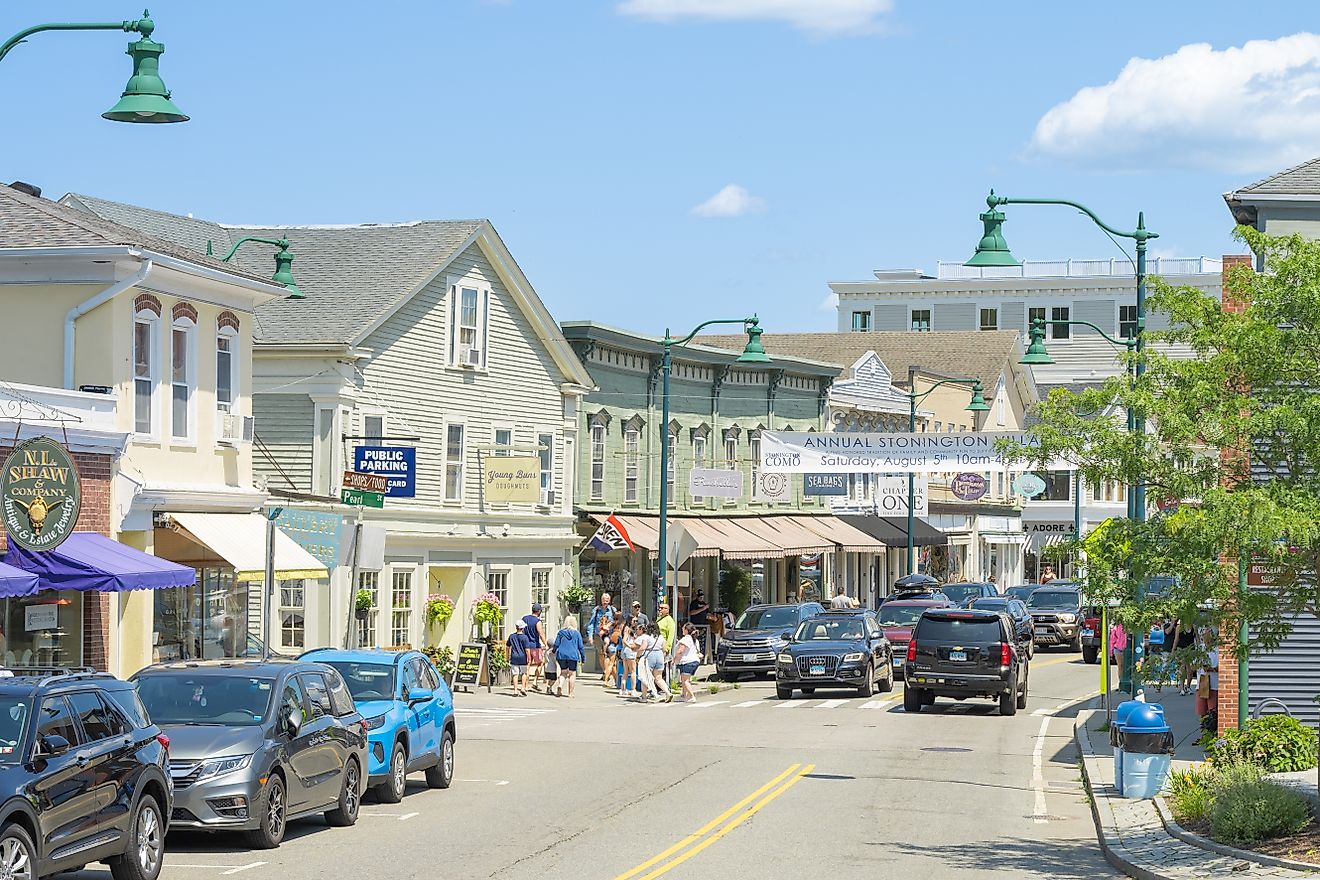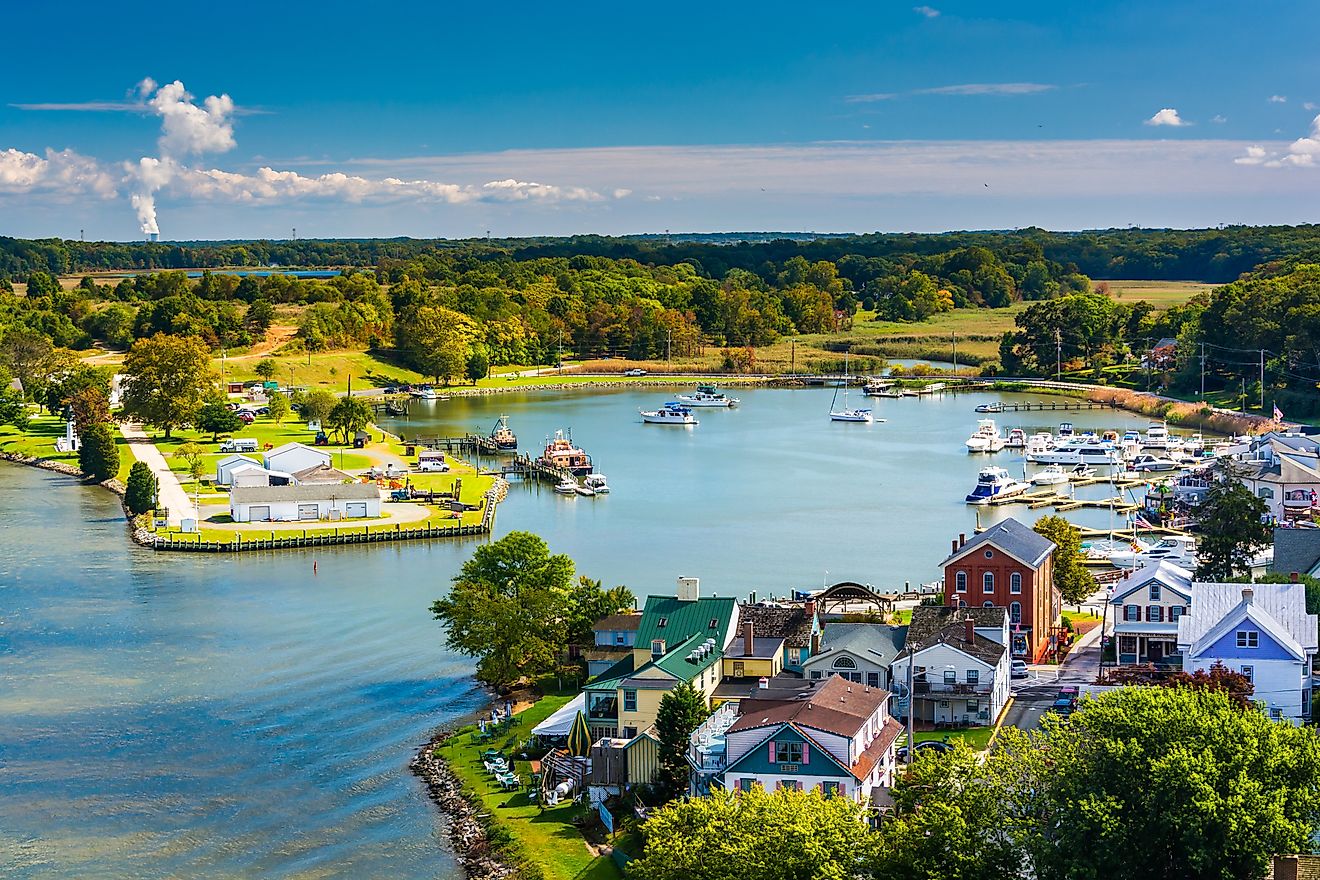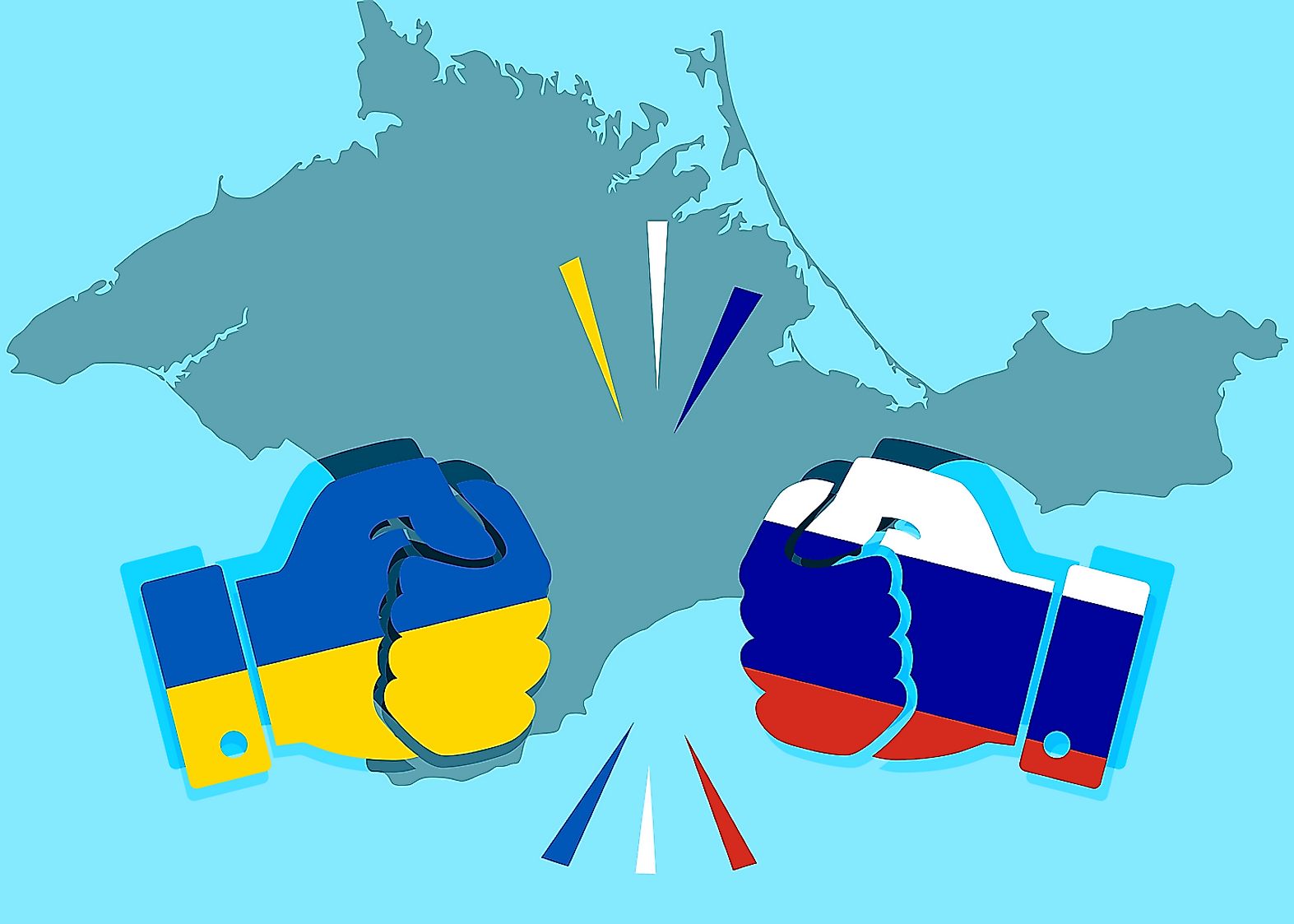
Crimea
Crimea, formerly known as the Tauric Peninsula, is a peninsula in Eastern Europe surrounded by the Black Sea and the Sea of Azov. The Isthmus of Perekop connect the peninsula to Kherson on mainland Ukraine, with the Strait of Kerch separating it from Kuban, Russia. However, it is linked to the Russian region by the Crimea Bridge. Crimea covers an area of approximately 27,000 square kilometers, roughly the size of the US state of Massachusetts. The peninsula has been a subject of dispute between Ukraine and Russia, with the dispute popularly referred to as the Crimean Question or the Crimean Problem. Although Russia administers Crimea, most international governments consider the peninsula a Ukrainian territory.
Contents:
- Location And Geography
- Origin Of The Dispute
- Political Status Of Crimea
- Referendum And Outcome
- Stances
Location And Geography
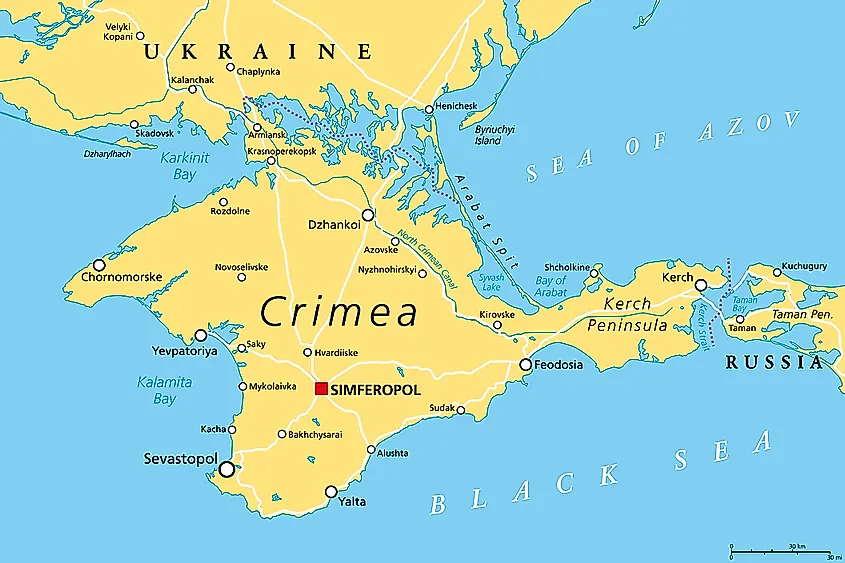
The current political standoff between Ukraine and Russia over Crimea has its origin in the peninsula’s history and location, with the two nations having interconnected historical backgrounds. Crimea is a peninsula in Eastern Europe located on the Black Sea’s northern coast and the Sea of Azov’s western coast. It comprises the main peninsula and a smaller peninsula known as the Kerch Peninsula. Crimea is connected to Kherson (Ukrainian region) on the south by the 5-7 kilometers wide Isthmus of Perekop and separated from Russia’s Taman Peninsula on the east by the Kerch Peninsula. However, the Russian-constructed Crimea Bridge links Crimea to the Russian region of Kuban.
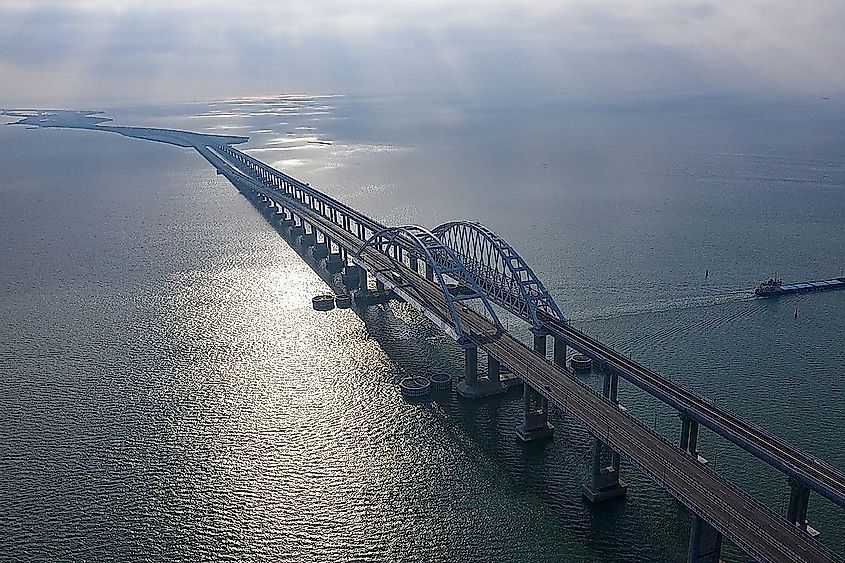
The border between mainland Ukraine and Crimea Peninsula comprises shallow lagoons commonly known as Rotten Sea or Sivash. These large systems of lagoon stretch along the Sea of Azov’s western shores and are separated from the sea by a thin strip of land known as the Arabat Split. The peninsula is also linked to Henichesk Raion, Ukraine, by a bridge over the Henichesk and Chonhar Straits.
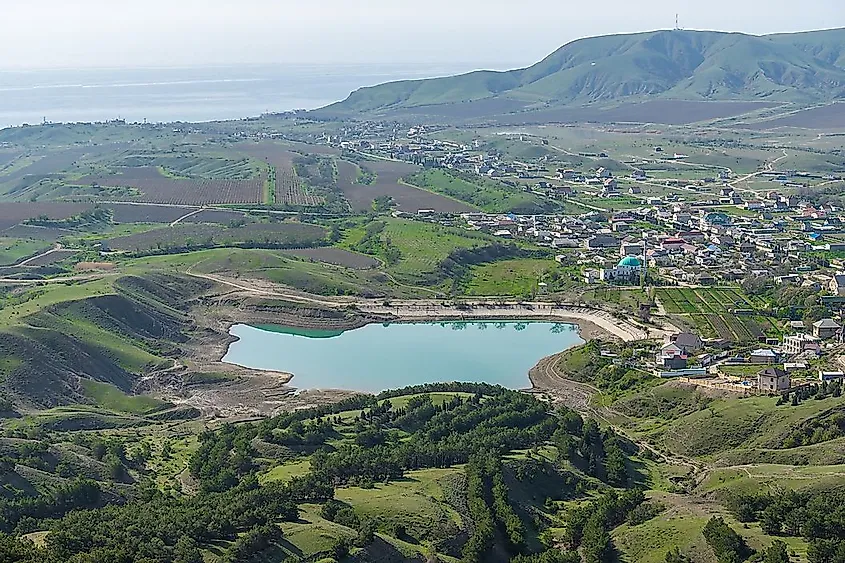
Crimea Peninsula is divided geographically into three zones; mountains, steppe, and the southern coast. The Crimea Mountains are located approximately 8-12 kilometers from the southern coast. The main range, called Cape Fiolent, rises to 600-1,545 meters from the Black Sea floor and begins at the peninsula’s southwestern point. This cape is of volcanic origin and one of the most striking landmarks on the peninsula. Crimea has 257 rivers, including Salhyr, Alma, Kacha, and Belbek. The peninsula also has numerous salt pans and salty lakes, with Lake Sasyk as the largest of them. Other lakes include Koyashskoya, Bakalskoye, Aqtas, and Donuzlav.
Origin Of The Dispute
In 1783, the Russian Empire annexed Crimea, then controlled by the Crimea Khanate, following a successful Russo-Turkish War. The following year (1784), the Taurid Oblast was established over most parts of the Peninsula following Catherine the Great’s decree. However, Paul I abolished the oblast in 1796 and divided the region into two administrative subdivisions known as uyedzs. Between 1853 and 1856, the Crimean War was fought on the peninsula, with the Russians losing to an alliance of the UK, Ottoman Empire, France, and Sardinia.
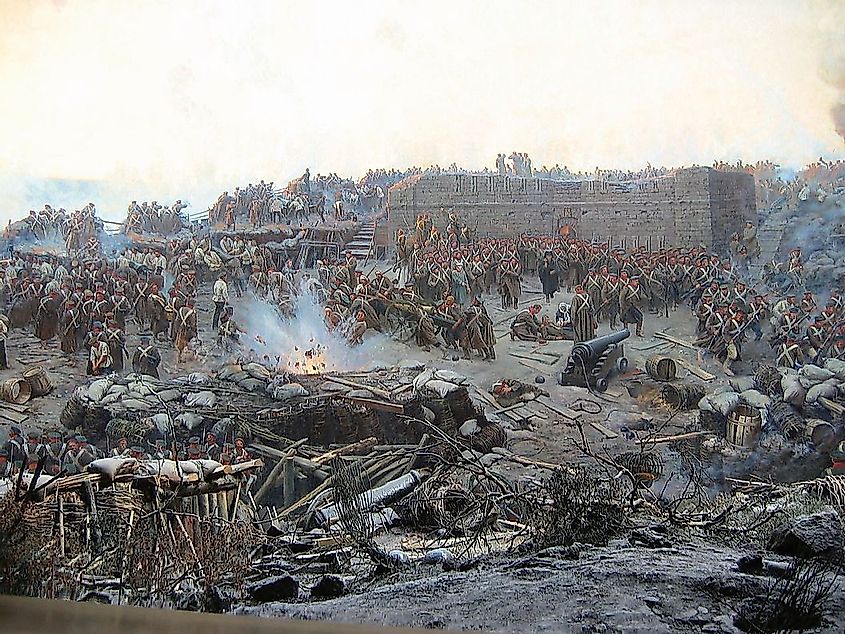
Crimea’s political situation got even more complex after the 1917 Russian Revolution. After the revolution, the Russian Civil War ensued, during which Crimea was controlled by different powers, first by the White Army, then by the Red Army in 1920. In 1921, the Russian Soviet Federative Socialist Republic made Crimean its autonomous republic. During World War II, the Romanian troops and Nazi Germany invaded the peninsula and occupied the area until 1944, with the Nazis killing over 30,000 Crimean Jews.
In 1946, the Crimean Autonomous Republic was downgraded to an oblast, with about 230,000 Crimean Tatars deported for collaborating with the Nazis, an action considered genocide by Ukraine and a few other countries. On February 19, 1954, the USSR’s Supreme Soviet transferred Crimea to the Ukrainian USSR, citing close relations between the two regions. However, Russians and other historians questioned the legitimacy of the transfer has, with the Supreme Soviet of Russia declaring the transfer illegal in May 1992.
Following the collapse of the USSR in 1991, Ukraine regained its independence, formalizing it with a referendum in December of the same year. The peninsula became the Autonomous Republic of Crimea with Ukraine. According to Ukrainian laws, the autonomous republic can independently decide on certain matters as per the Constitution of Ukraine. However, the Regional Supreme Council insisted the peninsula was a democratic republic exercising its sovereignty and powers.
Political Status Of Crimea
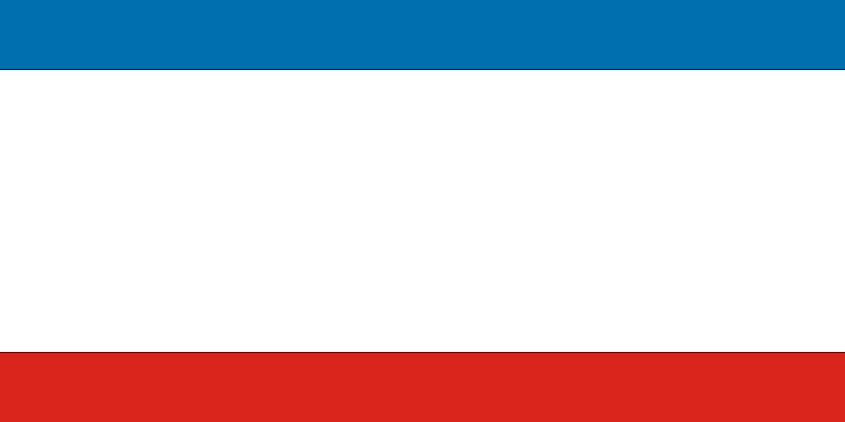
Currently, Crimea is a disputed territory between Ukraine and Russia, with both countries considering the peninsula as their respective republics. Ukraine claims the region as the Autonomous Republic of Crimea, while Russia claims it as the Republic of Crimea. When Ukraine reestablished itself as an independent state, Crimea renamed itself to the Republic of Crimea. Although Ukraine did not initially oppose the name, it did not accept the peninsula’s claim of being a state. In 1992, Russia declared the 1954 Crimea transfer illegal, a move that Ukraine condemned.
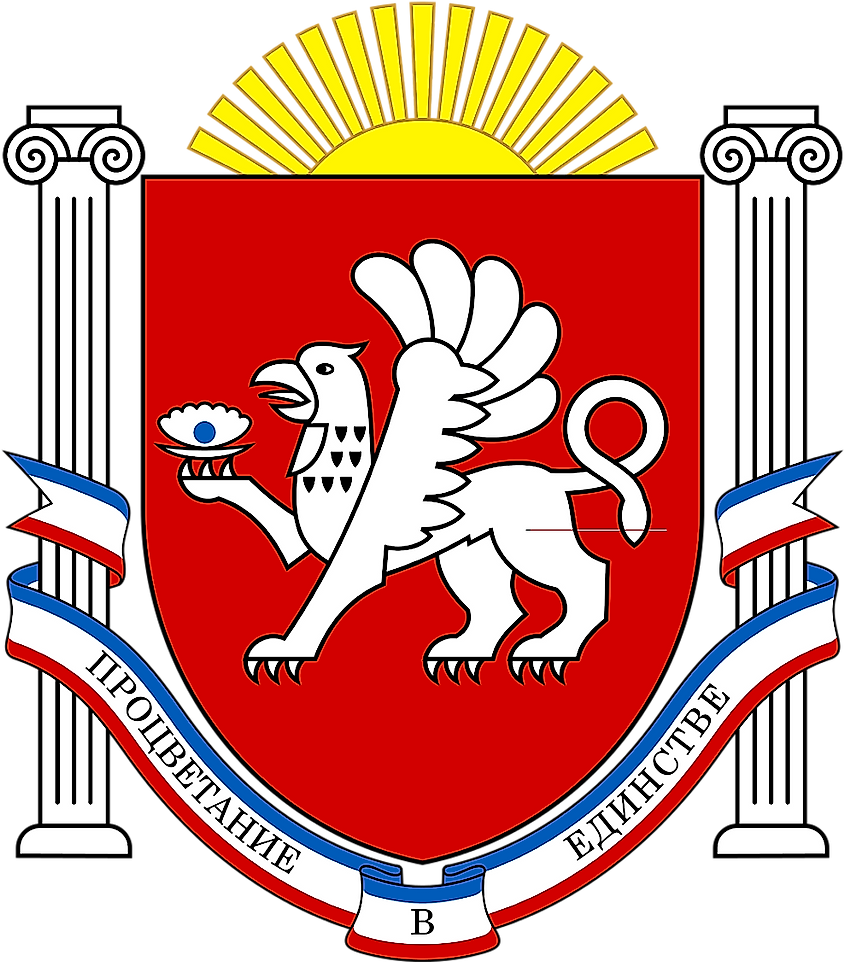
According to the May 1992 Crimean Constitution, the Republic of Crimea is a democratic state which exercises its full sovereignty. However, the Ukrainian Parliament declared this constitution null and void. In 1995, Crimean passed another constitution, but the Ukrainian Parliament rejected most of its parts, including citizenship and name “Republic.” Meanwhile, the Ukrainian constitution declares the peninsula the “Autonomous Republic of Crimea” and its inseparable territory. Throughout the 1990s, Ukraine frustrated Crimea’s autonomy, including replacing elected presidents with people of their choice.
Referendum And Outcome
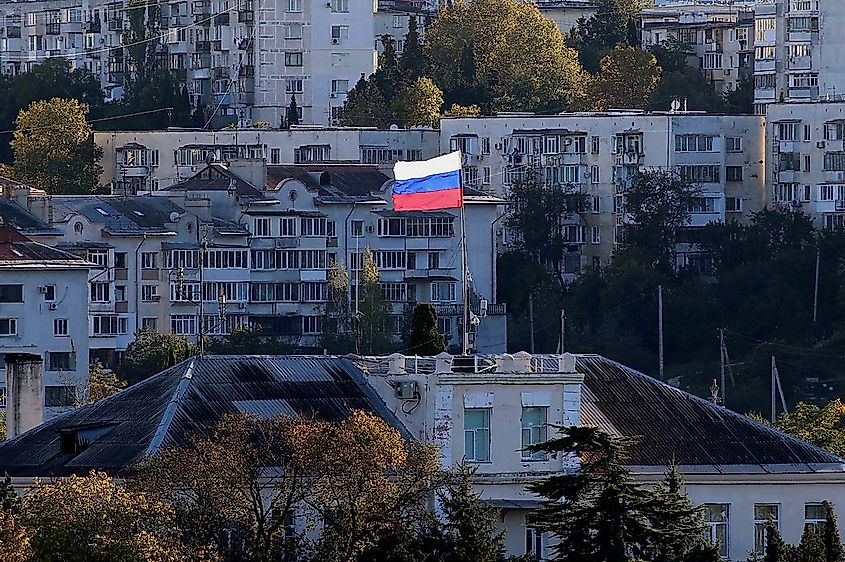
After the Ukrainian Revolution of 2014, which resulted in the ousting of President Viktor Yanukovych, Russia began plans to repossess Crimea. Military forces, believed to be Russians, took control of Crimea and Sevastopol immediately after the revolution. A referendum to determine whether Crimea should join Russia was conducted on March 16, 2014, with 97% of the voters choosing to join Russia. However, those loyal to Ukraine boycotted the referendum, with Ukrainian and Western governments terming the exercise as illegal. The UN General Assembly also adopted the resolution declaring the referendum invalid and illegal. However, Putin and the Republic of Crimea signed accession, annexing Crimea and Sevastopol into Russia. Crimea became a Russian republic, while Sevastopol became a federal city in Russia.
Stances
Russia, alongside a few other countries, considers the 2014 referendum and treaty of accession legitimate. Russia also insists the Republic of Crimea was an independent state before the referendum. The claim is also based on the fact that the local population had the right to self-determine their destiny and did so through a referendum. However, the claim on Crimea has attracted international sanctions, including being barred from attending the G8 Summit.
On the other hand, the Ukrainian government, alongside the international community, does not recognize the treaty of accession nor Crimea’s sovereignty before the pact with Russia. Countries that have condemned the referendum and subsequent treaty include the US, Canada, and the European Union. Ukraine argues that Crimea should not have held a referendum with an option of joining Russia since the area was already under Russian forces.
